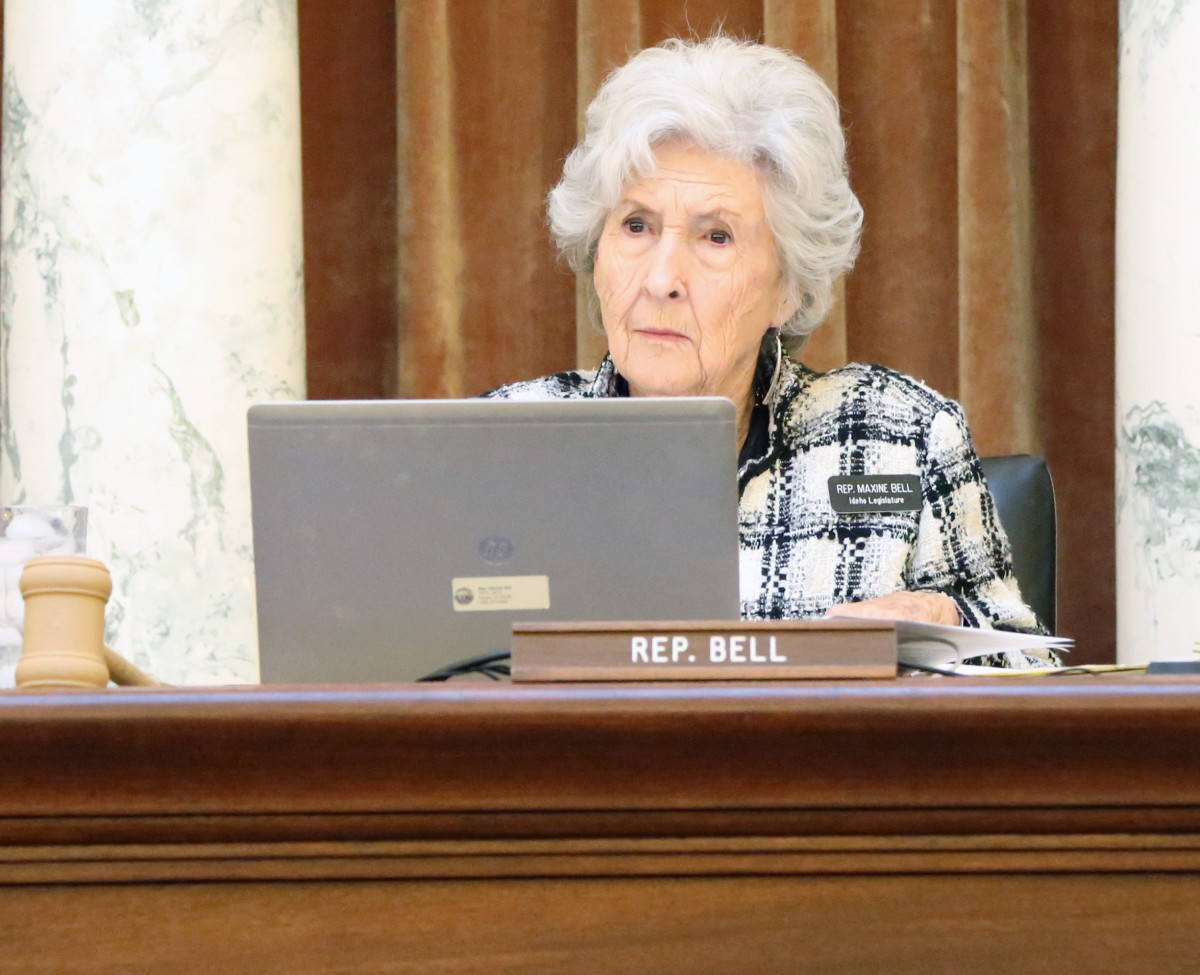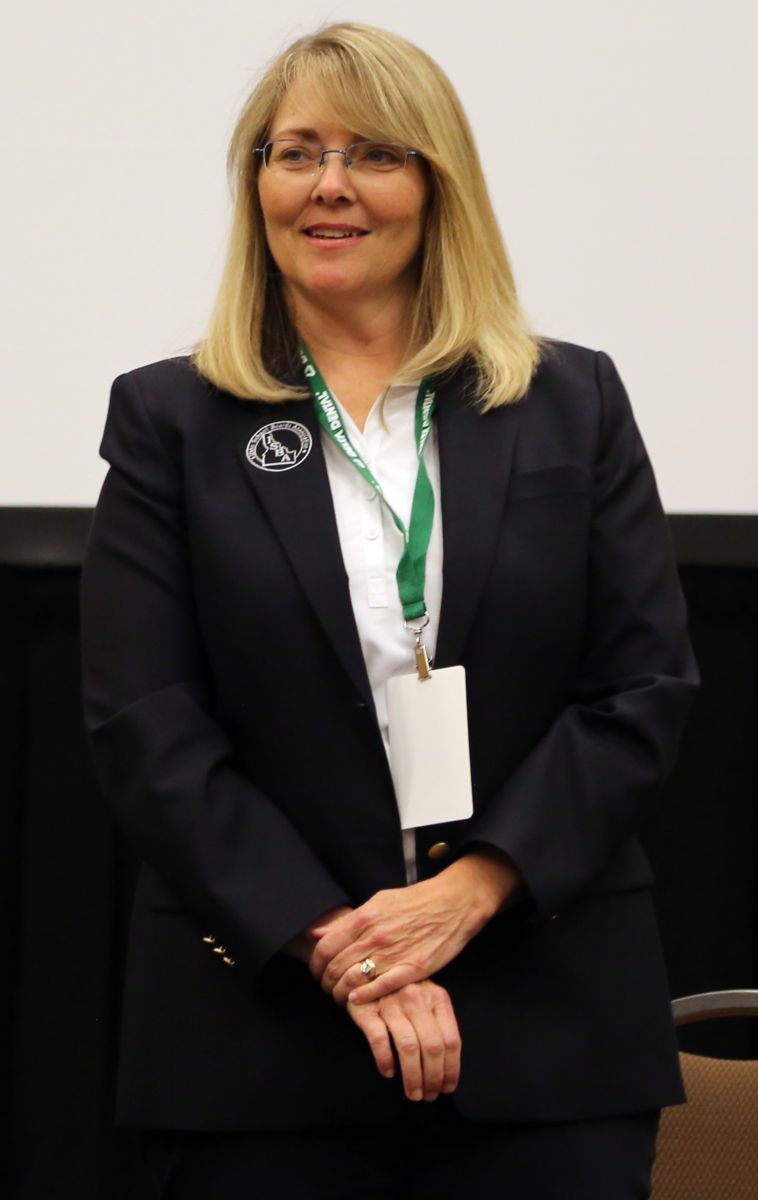It took some pointed questions from lawmakers, but significant differences in K-12 spending plans came under the spotlight Thursday morning.
Joint Finance-Appropriations Committee members drilled down into two tough topics: the teacher evaluations controversy and the rising cost of employee health benefits.
Before the 2017 session is over, these 20 legislative budget-writers will have to settle these two issues — and side with Gov. Butch Otter or state superintendent Sherri Ybarra.
Based on raw numbers, $4.2 million separate Otter and Ybarra, a relatively small gap in two budget requests that both come in just shy of $1.7 billion. (For the record, Ybarra’s request is the slightly larger one.)
But the political stakes and the policy priorities are bigger.
The evaluations battle
As Ybarra walked through her budget requests before JFAC, she went out of her way to assert her constitutional power — twice.
“According to the Constitution, I have direct supervision over schools and districts,” Ybarra said on one occasion.
And based on that power, Ybarra wants her State Department of Education to have the authority over evaluations training. She wants $300,000 to train school administrators who perform teacher evaluations, which will play a key role in awarding pay raises under Idaho’s career ladder.
Otter sees the issue differently. He wants to give $2.5 million to the State Board of Education and have the board take the lead on training.
After her budget presentation, Ybarra wouldn’t say whether she supports or opposes the $2.5 million State Board line item. That’s a decision for legislators, she said. And she was quick to point out that she is one of the State Board’s eight members.
“Regardless of where that money goes, I’m still going to be a part of that process,” Ybarra said.
But make no mistake. There is a bitter power struggle unfolding between Ybarra’s SDE and the State Board — stemming from longstanding concerns over inaccurate evaluations data collected in Ybarra’s shop. The 2016 Legislature handed the evaluations job to the State Board.

Now, JFAC faces an either-or proposition: Ybarra’s $300,000 request, or Otter’s $2.5 million request.
“I’m not thrilled about being caught in that,” said Rep. Maxine Bell, R-Jerome, the House’s longtime JFAC co-chair.
For her part, Bell has no strong opinion about who should take the lead on evaluations. And she’d like to hear from her local superintendents, who also find themselves caught in the middle.
“They’re not in a happy place, and frankly, I don’t think they’re doing that bad a job,” she said.
Insurance vs. operational dollars
In essence, Ybarra and Otter have two different ideas about how to help school districts pay their bills.
Ybarra wants to put an additional $16.2 million into schools’ discretionary or “operational” budgets. If she gets her way, schools would receive $26,467 per classroom, up from $25,696. Districts could use this increase to cover a wide variety of needs, including employee benefits.
Otter’s budget keeps operational spending at $25,696 per classroom; he wants a $4.6 million increase in this line item, but only to accommodate enrollment growth. But Otter’s budget earmarks $15 million to help districts cover the rising cost of health insurance.
Otter’s goal is to create a standalone budget item to cover employee benefits — and by shifting $15 million, he wants to give lawmakers the incentive to move in this direction this year. And when the state creates a line item for insurance, the state will cut operational funding.
“The governor wants to see this happen,” said David Hahn, an analyst in Otter’s Division of Financial Management.
Ybarra supports the $15 million line item, but she wants more details.
Two key JFAC members also have questions.

Bell appreciates what Otter is trying to do, but she wants to make sure districts don’t lose any money in the process.
Rep. Wendy Horman, R-Idaho Falls, worked in JFAC the past couple years to boost operational budgets — and in 2016, lawmakers finally restored per-classroom spending to $25,696, the 2009 funding level.
But Horman thinks lawmakers have gotten a bad rap on the operational spending issue. She is starting to crunch the numbers — and says the state has created more than $200 million in line items that cover items that used to come out of operational budgets.
Otter’s insurance line item would continue the trend, but when the governor floated the idea on Jan. 9, Horman was caught by surprise.
“(It’s) a work in progress,” she said.
More coverage: Highlights from state superintendent Sherri Ybarra’s budget presentation.
